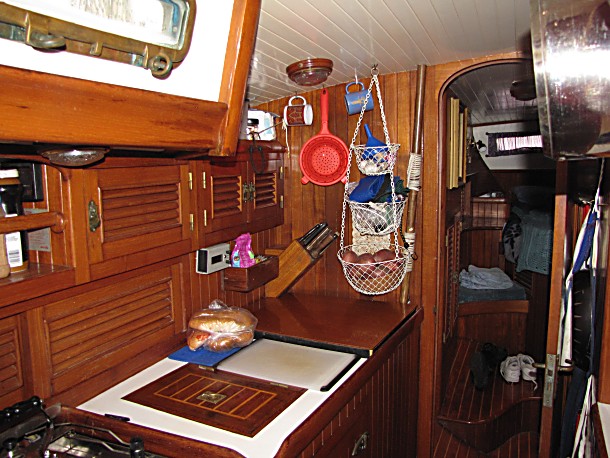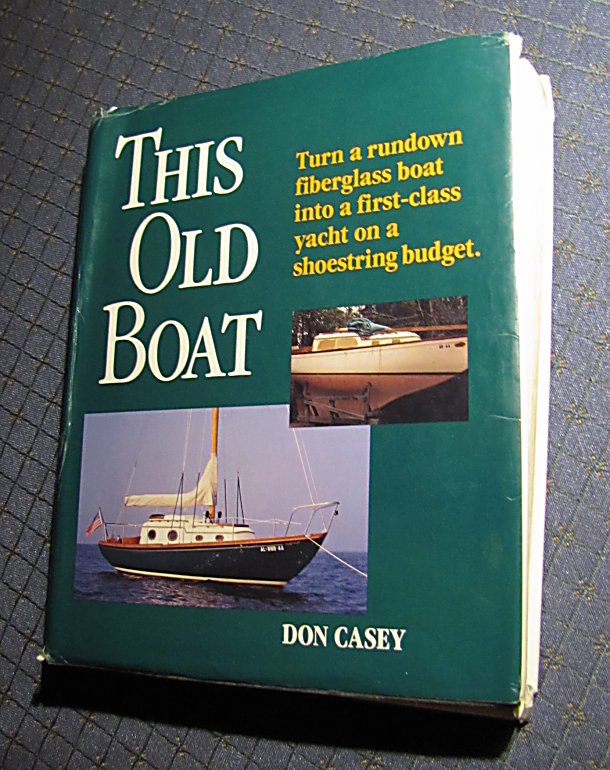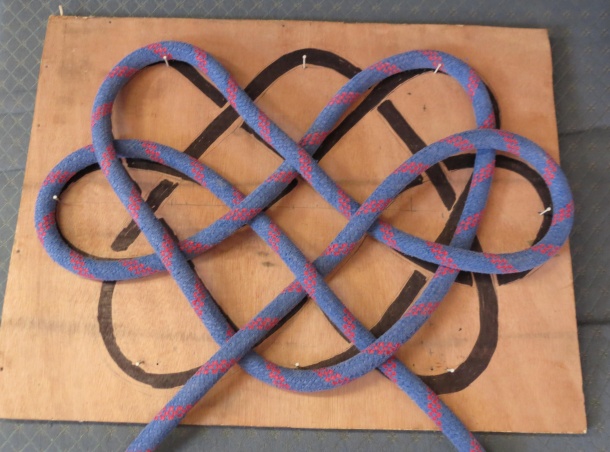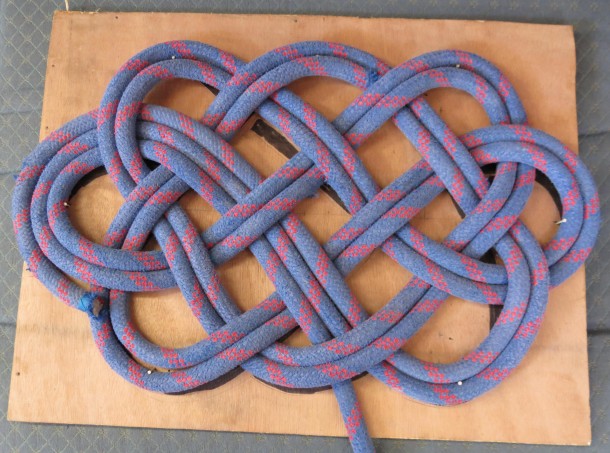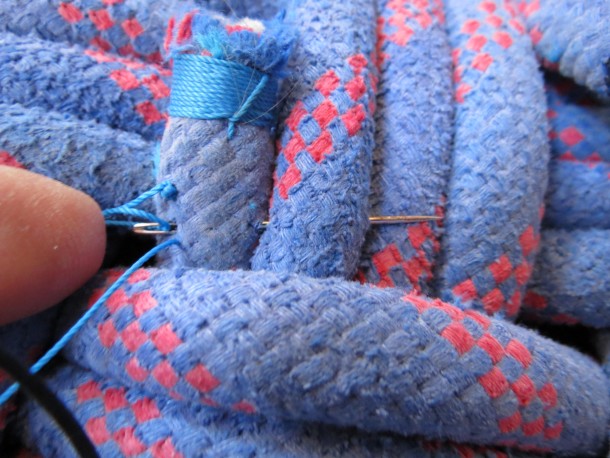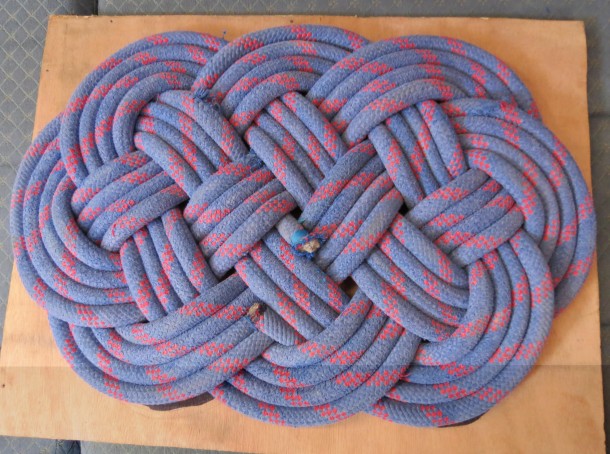The Blue View - Refrigeration Redo pt.1
/
In a previous blog, I talked about how inefficient our refrigerator/freezer is. Marcie has been asking about new countertops in the galley as well. It seemed like a good opportunity to tackle both projects while she is away.
On most sailboats, the refrigerator is built in. Much like the Franken-mattress project of a couple of months ago, you can't just go down to the nearest kitchen appliance store, buy a new fridge and slide it into place. On Nine of Cups, we have a 12-volt system. The condenser unit sits under the settee, copper tubing runs behind the galley sink and stove, then through the refrigerator to an evaporator in the freezer and this part of the system is working fine. It's the insulation that is the problem.
Our system has 2” to 3” of foam insulation surrounding it. When new, it was pretty marginal – now after 27 years it is pretty much useless. So all I have to do is remove the old countertop, remove the old fridge/freezer compartments and all the old insulation, re-insulate, build a new fridge/freezer compartment, and fabricate a new countertop.
I have Don Casey's book "This Old Boat"
This is a project that has required demolishing the better part of the galley and covering every remaining horizontal surface on the boat with tools, supplies, refrigerator parts, insulation and everything that used to reside in the galley. I literally have two feet of one settee left to sit on and each night I'm able to clear enough of the bed to sleep on. I've been without a refrigerator for the duration, but I also had to disconnect the stove for a couple of days while I re-routed propane lines. I'll also have to remove the sink for a day or two while I build the new countertop. Did I mention this is a project best done while Marcie is away?
The first phase is the demolition part. In his book, Don devotes twelve words to this part of the project - “...extract the old ice chest. Remove all traces of the old insulation...”. It took me three days, but it is now done. A large cavern sits where the old refrigerator box was. The insulation was dripping water, and there were gaps between the foam sections. The insulation in an old Coleman cooler was more effective. There were only a couple of glitches. I wasn't able to extract the copper tubing without kinking it, so I had to cut it. I'll have to repair it with new couplings when I put it back together. And although I tried very hard, I wasn't able to remove all the teak trim pieces without cracking a couple of sections. Hopefully, I'll be able to repair them as well.
For me, this is the worst point in a project. I look at that big cavern and all that self doubt starts creeping in. What the hell was I thinking? I'll never get it all back together and working, and even if I do, it will look like crap. I'm sure I smell the scent of a big dragon lurking outside. Thoughts of burning Cups to the waterline to destroy the evidence start cropping up.
In the old days before Cups, I used to watch those home improvement shows like This Old House, and be amazed at how easy they made every project look. My projects usually turned out more like Tim Allen's in Home Improvement.
Stay tuned...
| Days and Ways to Celebrate |
| A daily list of mostly obscure holidays and fun ways to celebrate them. |
| Ides of March |
| The day Marcus Brutus et all assassinated Julius Caesar. "Beware the Ides of March". Unless you're an Imperator, you probably don't need to worry, but it might be good to review your Roman history. |
| Buzzard Day |
| Well, Capistrano has its swallows and many cities celebrate the return of sandhill cranes. There are hummingbird festivals and bluebirds fests. Hinckley, Ohio celebrates the return of its buzzards (turkey vultures actually). They come back around this time every year and the folks in Hinckley thought it was worth a celebration. Learn more about buzzards through the Turkey Vulture Society (I kid you not!) |


